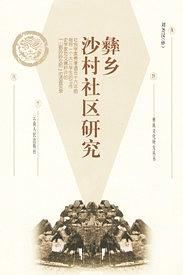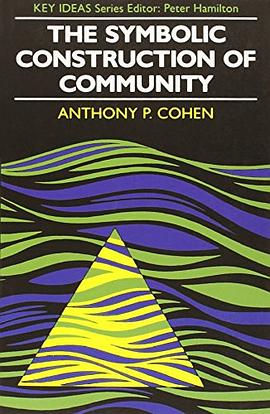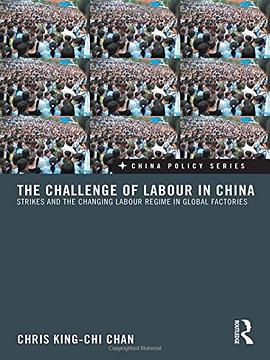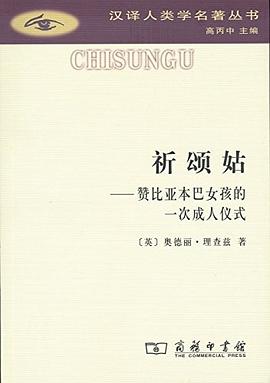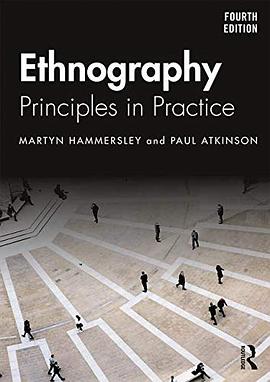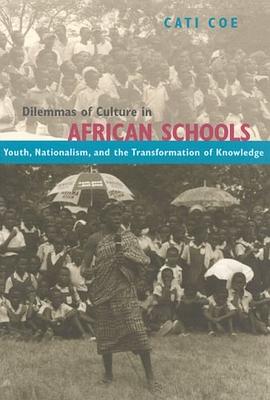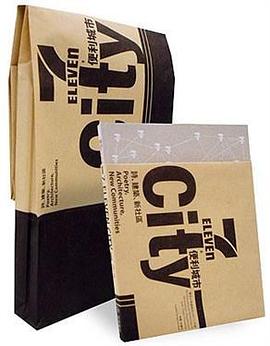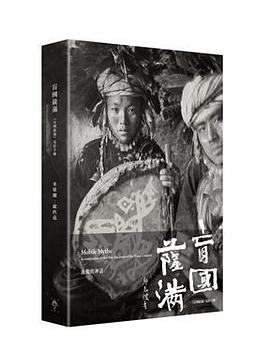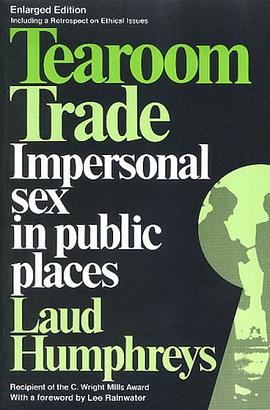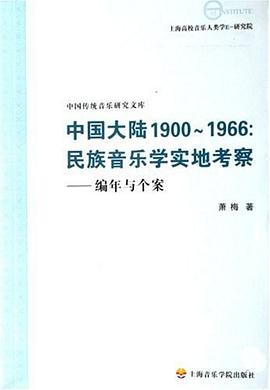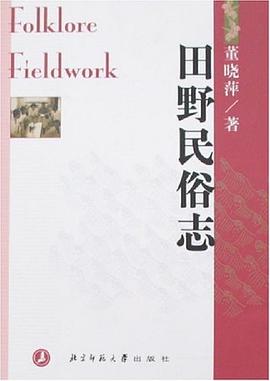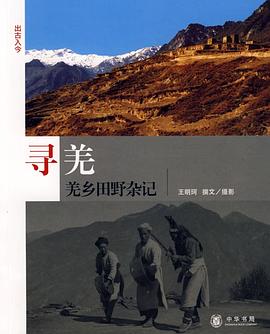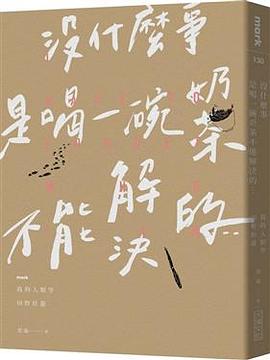
Life in a Kam Village in Southwest China, 1930-1949 pdf epub mobi txt 电子书 下载 2026
- 近现代史
- 英文原版
- 社会史
- 海外中国研究
- 民族志
- 欧潮泉
- 本土研究
- 侗族
- 中国西南
- 苗族村落
- 20世纪30-40年代
- 乡村生活
- 民族志
- 口述历史
- 社会变迁
- 传统习俗
- 抗战时期
- 田野调查

具体描述
Although this unique insider's account of minority life in China is clearly a book in itself, it is also the sequel to the much-acclaimed The Kam People of China (Geary, Ou and others, 2003). It describes the hitherto scarcely researched culture of people from Xiangye village, in an untravelled corner of Guizhou province, Southwest China, in the 20 years leading up to Liberation in 1949. Xiangye is a Kam (Dong) nationality village, so the book highlights Kam culture of the 1930s and 1940s. It is a fascinating and unparalleled study, also offering exceptionally clear details of many aspects of material culture and social customs, for example, the work of rice-farming, cotton production, and cooking, beautifully illustrated with line drawings and photographs, that should appeal to anyone interested in the Kam people, China, or in ethnology generally.
The author grew up in Xiangye and later became Professor of Anthropology at a university in Qinghai province. The manuscript was first written in Chinese, with the intention of having it translated into English for an outside readership.
作者简介
OU Chaoquan, was a research student at the Central Institute of Nationalities in Beijing in the late 1950s and a researcher and ultimately full professor, associated with the Qinghai Institute of Nationalities, 1960-1995. His research interests include: anthropology generally, Tibetan studies and Kam culture.
Norman Geary, D. Phil. (1987) in Mathematical Statistics, University of Oxford, studied linguistics in 1991 and became a member of SIL International. He was associated with Guizhou University from 1995 to 2007. His research interests include: Dong language and culture, and bilingual education.
目录信息
Maps
Chapter One Location
Chapter Two Langdong
Chapter Three The name 'Kam'
Chapter Four The villagers
Chapter Five Physical characteristics of the people
Chapter Six The village
Chapter Seven Farming
Chapter Eight Spinning and weaving
Chapter Nine Thrifty people
Chapter Ten Mornings and evenings
Chapter Eleven Food
Chapter Twelve Mealtime etiquette
Chapter Thirteen Drinks
Chapter Fourteen Clothing
Chapter Fifteen Coming-of-age
Chapter Sixteen Courtship by night
Chapter Seventeen Courtship by day
Chapter Eighteen Intimidating situations for young women
Chapter Nineteen Matchmakers
Chapter Twenty Engagement ceremony
Chapter Twenty-One Marriage and divorce
Chapter Twenty-Two Unorthodox marriages
Chapter Twenty-Three Marriage relationships
Chapter Twenty-Four The distinction in culture between men and women
Chapter Twenty-Five Clan-centred community
Chapter Twenty-Six Pipe-smoking elders
Chapter Twenty-Seven No beggars or thieves
Chapter Twenty-Eight Monotonous and primitive music
Chapter Twenty-Nine Festivals and celebrations
Chapter Thirty Children
Chapter Thirty-One Survival in the midst of suffering
Chapter Thirty-Two Author's postscript
Chapter Thirty-Three Translator's postscript
Glossary
References
Index
Plates
· · · · · · (收起)
读后感
评分
评分
评分
评分
用户评价
侗族本土学者对所在村寨的民族志描写。1930-40年代侗族传统文化状况。柳开村位于南北侗区之间,文化受两方面(本书认为南北侗区人种也有所差异)以及汉族文化影响,较为独特。本书更多的是描述,但没有阐释。后记中关于侗族传统在解放后的断续令人惋惜。
评分侗族本土学者对所在村寨的民族志描写。1930-40年代侗族传统文化状况。柳开村位于南北侗区之间,文化受两方面(本书认为南北侗区人种也有所差异)以及汉族文化影响,较为独特。本书更多的是描述,但没有阐释。后记中关于侗族传统在解放后的断续令人惋惜。
评分侗族本土学者对所在村寨的民族志描写。1930-40年代侗族传统文化状况。柳开村位于南北侗区之间,文化受两方面(本书认为南北侗区人种也有所差异)以及汉族文化影响,较为独特。本书更多的是描述,但没有阐释。后记中关于侗族传统在解放后的断续令人惋惜。
评分侗族本土学者对所在村寨的民族志描写。1930-40年代侗族传统文化状况。柳开村位于南北侗区之间,文化受两方面(本书认为南北侗区人种也有所差异)以及汉族文化影响,较为独特。本书更多的是描述,但没有阐释。后记中关于侗族传统在解放后的断续令人惋惜。
评分侗族本土学者对所在村寨的民族志描写。1930-40年代侗族传统文化状况。柳开村位于南北侗区之间,文化受两方面(本书认为南北侗区人种也有所差异)以及汉族文化影响,较为独特。本书更多的是描述,但没有阐释。后记中关于侗族传统在解放后的断续令人惋惜。
相关图书
本站所有内容均为互联网搜索引擎提供的公开搜索信息,本站不存储任何数据与内容,任何内容与数据均与本站无关,如有需要请联系相关搜索引擎包括但不限于百度,google,bing,sogou 等
© 2026 book.quotespace.org All Rights Reserved. 小美书屋 版权所有


